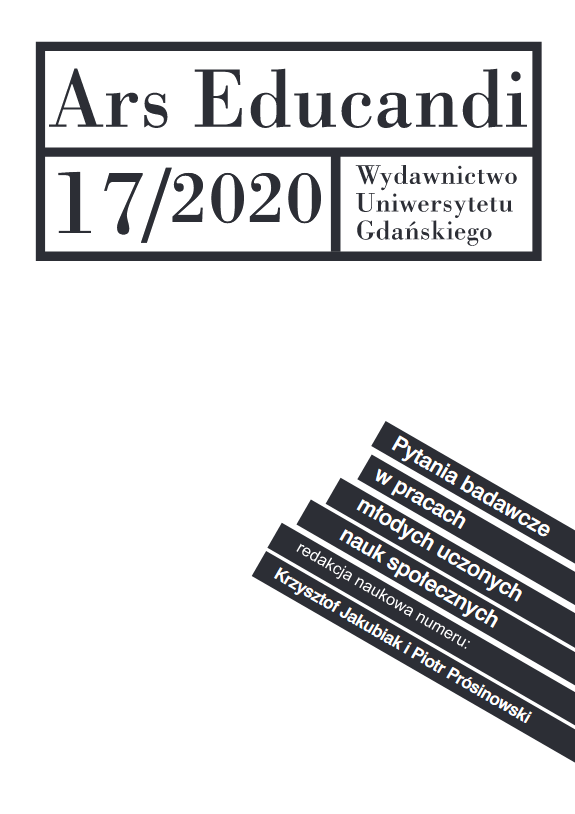What food do we feed girls as artist upon?
Food, artistic and gender equality in children's literature
DOI:
https://doi.org/10.26881/ae.2020.17.06Słowa kluczowe:
children's literature, artistic development, Künstellroman, food, gender equality, feast-and-famine binarismAbstrakt
Virginia Woolf in A room of one’s own (1929) builds a strong connection between food and the material conditions of women writers, asking herself: what food do we feed women as artists upon? From this point of view, food can be considered a metaphor for the achievement of both artistic and gender equality. Hence, my paper aims to outline the relevance of this under-investigated topic in children’s literature, focusing on feminist Künstellromans, namely stories about a female artist’s journey to maturity. Drawing from the methodology of Nodelman, I will investigate two opposite narrative situations: famine and feast. In the first one, the lack of food represents the struggle in the artistic development, often caused by a hostile educational environment, while, in the second, nourishment can be interpreted as fruitful sustainment for the body and soul. My hypothesis seeks to underline how food and girls’ development as women and artists intertwine in children’s literature, figuring out a possible answer to Woolf’s question.

 Uniwersyteckie Czasopisma Naukowe
Uniwersyteckie Czasopisma Naukowe




